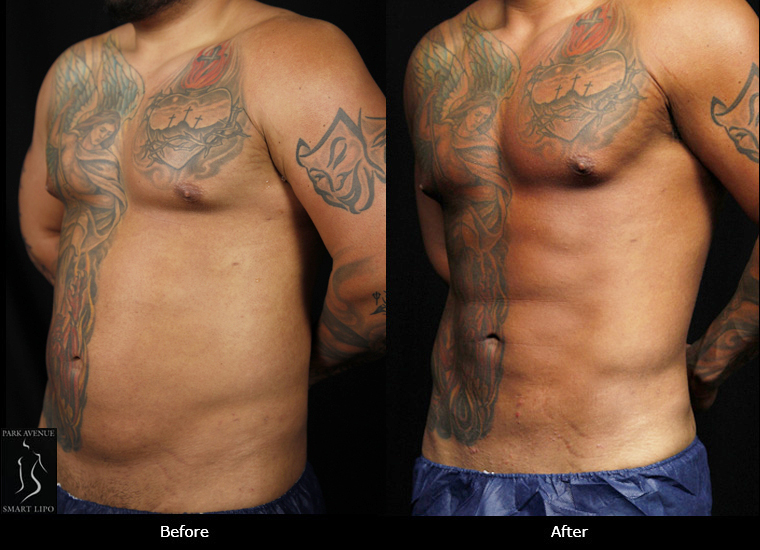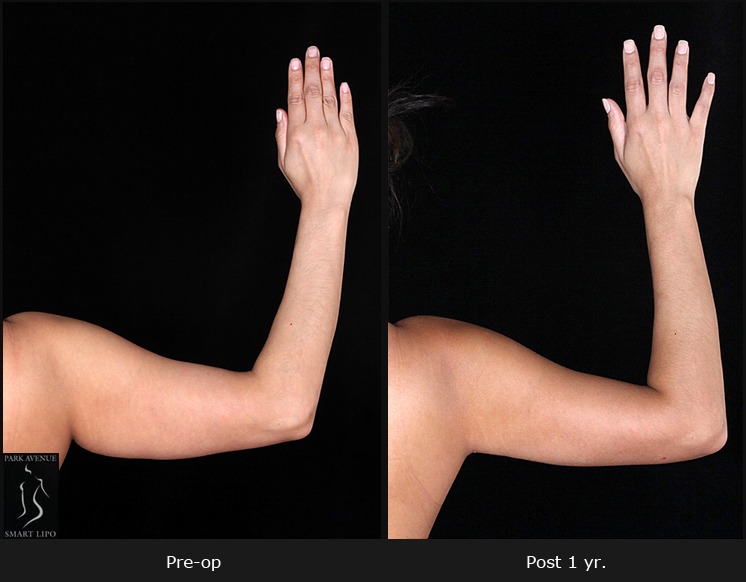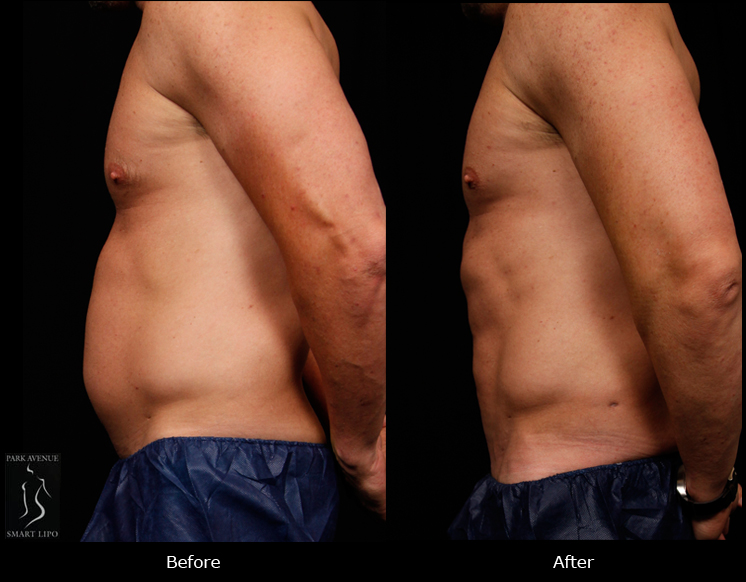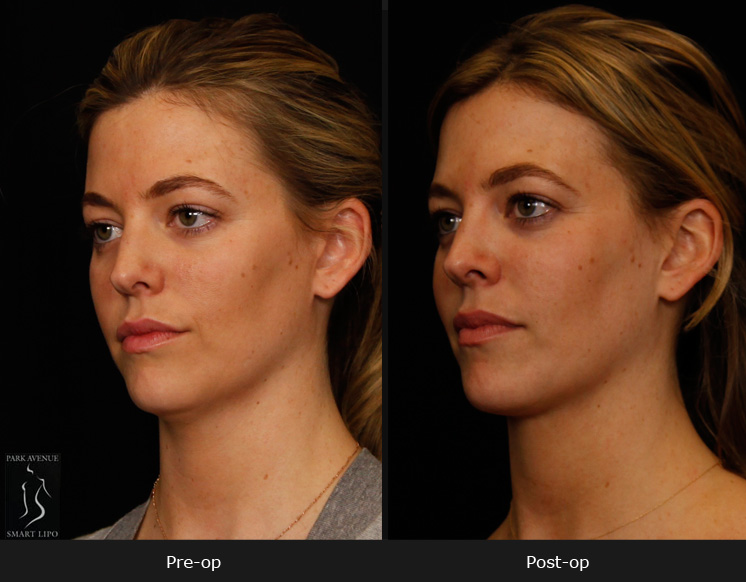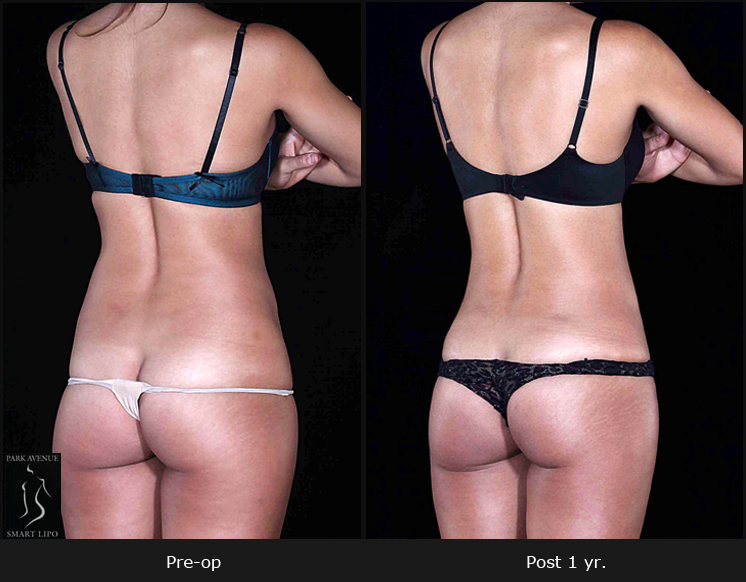Overly large breasts can affect a woman’s health, emotional well-being and lifestyle. Strenuous exercises and diet cannot help resolve this issue. Fortunately, plastic surgery can. Liposuction breast reduction or reduction mammoplasty removes excess breast fat, glandular tissue and skin and provides women with smaller breasts that are more proportionate to their body. Men with gynecomastia can also benefit from this procedure.
The healing process after breast reduction surgery will varies based on personal considerations. Many people who have this procedure are unaware about the significance of post-operative care. Planning well ahead for the post-operative period and following the plastic surgeon’s post-op care instructions is very important to recover smoothly.
- Have someone accompany you to and from surgery.
- Wear the support bra continuously for the first 3 weeks post the procedure or as recommended.
- Some discomfort or pain is to be expected after the procedure. Taking the pain medications as instructed by your surgeon is important.
- Avoid making major decisions or participating in activities that require judgment for 24 hours after surgery.
- Keeping your incisions dry and clean is critical to reduce the risk of infection.
- Avoid driving for first 24 hours after surgery or if you are taking pain medications.
- Light walking is recommended to prevent blood clots from developing.
- Do not participate in strenuous activities such as running or aerobics for six weeks. You can resume your activities slowly by starting with low intensity, lower body exercise.
- Avoid exposing the incisions to direct sunlight for at least a year. Use a sunscreen with an SPF of 20 or greater to decrease the visibility of the scar.
- Do not smoke for two weeks post-op as it can delay healing and can lead to infection.
- Stay hydrated by drinking plenty of fluids for the first week.
- Some bruising and swelling is normal. It usually takes between 3-6 months to see your final results.
- Sleep on your back for two weeks post-op. For good night sleep try sleeping in a recliner chair or have extra pillows in your bed for support.
- You would be asked to limit the use of your arms for two weeks after surgery as it can cause problems when trying to get out of bed. These strategies can help you get out of bed with minimal use of your arms:
- Pull your knees up towards your chest and tip to the side, gently rolling out of bed. Take care not to roll onto your breasts.
- Create a nest of pillows to prop up in a semi-upright position which will give you the extra support you need to get out of bed.
- Depending upon your work activity, you may return to work in one to six weeks (average time is three weeks)
- Inform your surgeon immediately if you notice any sign of infection.
Breast reduction offers both aesthetic and functional benefits, and can be performed using minimally-invasive liposuction technology. Make sure that you discuss your concerns with your plastic surgeon and educate yourself about the procedure to know what exactly will happen during and after the surgery. To enjoy the benefits offered by liposuction breast reduction, choose an AAAASF-accredited plastic surgery facility in NYC. Such facilities would have surgeons who are experts in performing the procedure. Reliable surgeons will evaluate your anatomical considerations and goals, and provide customized treatment.

